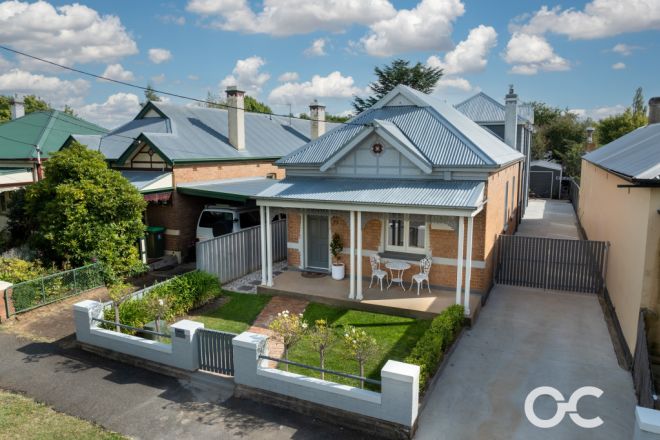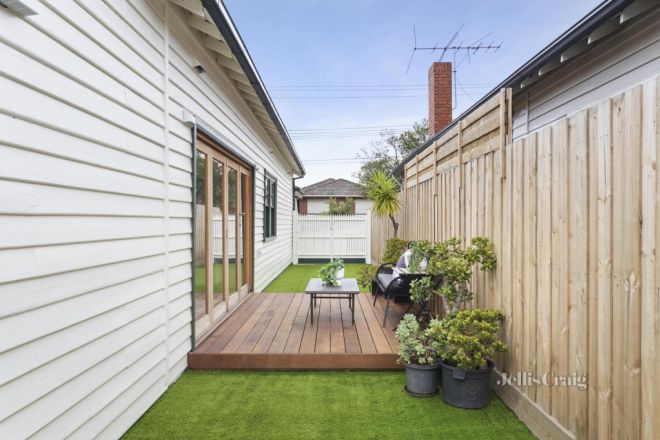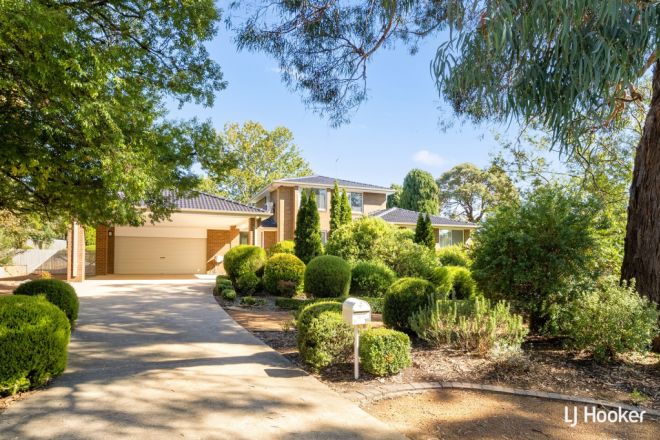What the experts are saying about Australia's winter property outlook for 2024
Pundits are split on whether the market will continue to build on the momentum gained through the start of the year, or whether it will revert back to the more traditionally quiet winter period.
The Reserve Bank of Australia (RBA) held the cash rate at 4.35 per cent on Tuesday despite the March quarter consumer price index (CPI), an indication of inflation, rising by 1 per cent.
If the RBA moves to cut interest rats in the later part of this year, that could put additional pressure on the market. However, most experts now believe any cuts to the official cash rate are more likely to come in 2025, which could temper the intensity of what has been a very hot property market this year.
Domain’s latest House Price Report revealed that the combined capitals’ median house price hit a record $1.113 million. Houses in a number of cities, including Sydney, Brisbane, Adelaide and Perth, also recorded record prices, as did units in Brisbane, Adelaide and Perth units.

AMP chief economist Shane Oliver says he is expecting rate cuts to begin next year, which could dampen the upcoming winter market.
“Lower interest rates have been discussed since earlier this year, and you can argue that they helped buoy the market over the last few months, but now there’s a risk of it delaying until next January,” Oliver says.
“If that’s the case, buyers will become less patient if the rate [cut] is delayed and hold off on making property decisions during winter until that cash rate is cut. That could have a negative impact on the market, given we’ve already seen some cooling in recent weeks.”

Domain’s monthly clearance results showed Sydney hovering just under the 70 per cent mark earlier this year, but in recent weeks, the city’s weekly auction rates have been sitting at around 60 per cent, Oliver says.
By comparison, at the start of winter 2023 Sydney’s clearance rate was 81 per cent, while the combined capitals’ rate was 78 per cent.
“The trend seems to be going towards a slower market, which is consistent with chatter that rate cuts are being pushed out,” Oliver says. “So it all points to a cooling period.”

However, Commonwealth Bank economist Gareth Aird is expecting rate cuts in November, and says market activity could increase in winter as a result.
“If we’re right on that, there will probably be growing expectations as we go through winter, and that will be a key supporter of the housing market,” he says. “It’ll generate more activity and house price growth in winter in the lead up to [rate cuts].
Irrespective of rate cuts, Aird says a number of factors will point towards a “busy winter market”.

“Normally, there is a little bit of seasonal softness through winter and then it picks up in spring, but at the moment, momentum in the housing market is still pretty robust,” he says.
“The RBA was obviously on hold this week. Had they hiked that rate up, it might have dented sentiment a bit but we still think that prices will continue to edge higher through the winter months.
“We have low vacancy rates, strong population growth and low housing supply.
“So all of those forces will be there this year, independently of what the RBA does, and they will all be acting to support home prices because there’s a huge imbalance at the moment between the rate at which we’re building homes and the population growth that’s caused vacancy rates to drop to record lows right around the country.
“That puts upward pressure on rents and, in turn, supports home prices.”
Westpac senior economist Matthew Hassan echoes Aird’s comments, noting that interest rate cuts will do little to ease demand throughout the colder selling and buying season.
“The fundamental driver of the upturn in price is strong migration, which has driven demand for housing and created a very tight rental market,” Hassan says.

“Once interest rates start to decline later this year, it won’t improve housing affordability. And so buyers might get a big sentiment lift, and you might see that investor response too.”
Pulse Property Agents real estate agent Ben Pike predicts buyer sentiment will still be strong amid low stock levels.
“At some price points, there are those who have FOMO and want to get in now rather than later,” he says. “If you look at any auctions we’ve had all this year, they’re all selling well above expectations.
“There are more buyers than there are homes available, which means more competition. The price is high, which gives those looking to sell confidence that it is still a strong market heading into winter.”
We recommend
We thought you might like
States
Capital Cities
Capital Cities - Rentals
Popular Areas
Allhomes
More










